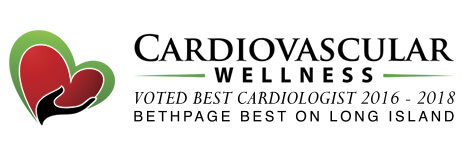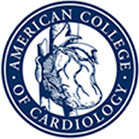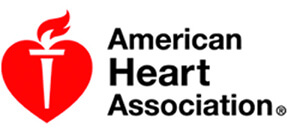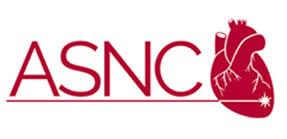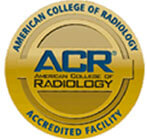Cholesterol: The Good and The Bad
- Posted on: May 4 2019
What is the difference between good cholesterol and bad cholesterol?
Everyone is familiar with the warnings associated with having high cholesterol. One of the reasons for that is the fact that it is so pervasive in our society. Based on research by the CDC (Centers for Disease Control and Prevention), adults in the United States have high cholesterol at the alarming rate of close to 30%. The other, and perhaps more pertinent, reason for our awareness of the dangers posed by elevated cholesterol levels is that it is a significant risk factor for strokes and heart disease, which fall at numbers 1 and 2 in leading causes of death for Americans. (delete)
So, while we know that cholesterol is something we need to pay attention to, do we actually know what it is? Or, what the difference is between good cholesterol and bad cholesterol? How do we get more of the first and avoid the second?
What Is Cholesterol?
The liver produces cholesterol, which is a waxy type of fat. Cholesterol is also present in many of the foods we eat, like meat and fish, eggs and dairy. Despite the mainly bad press it gets, cholesterol is an essential player in our health and survival. Its most basic functions include:
- Necessary building block for membranes making up cell walls to insure permeability and fluidity
- Contributes to metabolic efficiency
- Required for the body to be able to produce vitamin D
- Enables the production of hormones like estrogen, testosterone and the adrenal hormones
While cholesterol is necessary, too much or the wrong kind can build up in the blood vessels. These fatty deposits attach to the sides of the arteries and affect the ability of the blood to flow throughout the body. Decreased blood flow is not the only problem: these deposits are like small time bombs which may break off at any time and become clots, which are extremely dangerous due to their potential in causing strokes and heart attacks.
Good Cholesterol Vs. Bad Cholesterol
Defining cholesterol as good or bad is based on how it is carried throughout the body. Certain proteins, are responsible for the transportation of fats and other lipids through the blood plasma and, when combined with cholesterol, become lipoproteins. The density of this union determines whether it is beneficial or harmful. Lipoproteins carrying cholesterol fall into two types. These are:
- LDL – Low-density lipoprotein is what is defined as “bad” cholesterol due to the propensity of buildup on the artery walls as the cholesterol is being moved through the body. The higher the concentration of LDL, the greater the chance of heart disease and stroke.
- HDL – High-density lipoprotein is the “good” cholesterol, which moves through the bloodstream picking up unused and unnecessary cholesterol and returning it to the liver.
Unfortunately, there are often no warning signs indicating that someone may have high cholesterol. This makes it very important to keep those regularly scheduled heath exams to have levels checked and to be aware of what increases the risk. Some of the more common risks factors for high cholesterol include:
- Aging – risk increases with age
- Hereditary – often runs in families
- Being overweight
- Poor diet – a high fat diet can elevate levels of cholesterol
- Lack of exercise
- Belonging to certain races (delete)
- Smoking
At Cardiovascular Wellness, we don’t treat diseases: we treat human beings – with the compassion and dignity that they deserve. We are committed to improving your quality of life by designing a comprehensive plan of heart care, individualized to your needs.
Information on locations and office hours for Cardiovascular Wellness can be found by clicking here.
Posted in: Uncategorized
